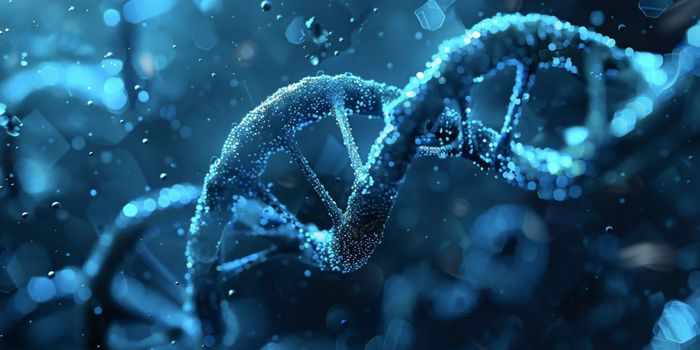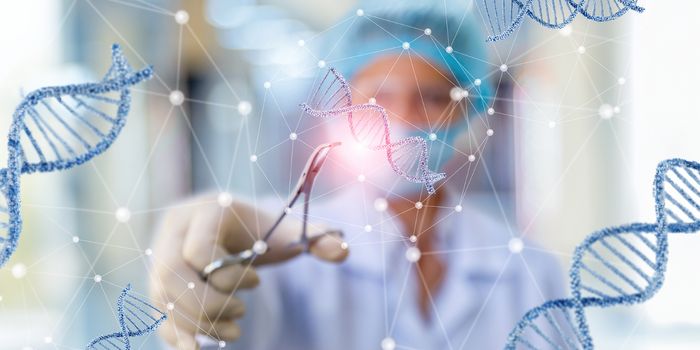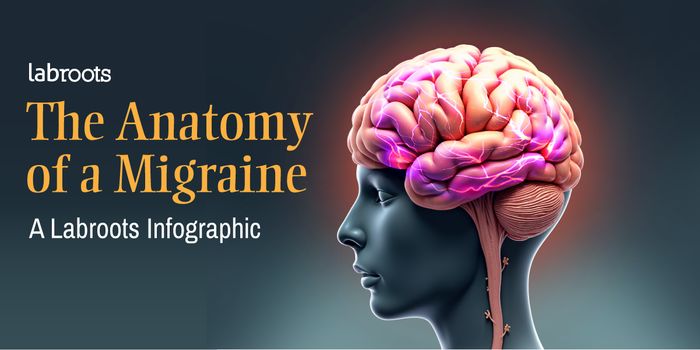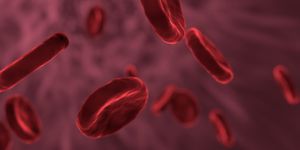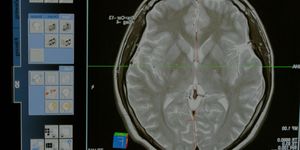Novel complex that targets bad bacteria and protects good bacteria
A study published in Nature of the LolCDE complex, as detailed through various experimental approaches and analyses, provides a comprehensive understanding of its structure, function, dynamics, and potential pharmacological applications. The LolCDE complex is integral to the lipoprotein transport system in gram-negative bacteria, playing a crucial role in moving lipoproteins from the inner to the outer membrane. This process is essential for bacterial viability and virulence, making LolCDE an attractive target for antimicrobial drug development.
The LolCDE complex presents a promising target for antimicrobial drug development. Small molecules and inhibitors, such as lolamicin and compound 1, have been identified and characterized for their ability to disrupt LolCDE function. Through a combination of structural biology, computational docking studies, and molecular dynamics simulations, researchers have identified key residues and binding sites on LolCDE that interact with these inhibitors.
LolCDE is integral to the survival and pathogenicity of gram-negative bacteria, which are abundant in the human gut. By elucidating the mechanisms of lipoprotein transport in these bacteria, this research provides insights into how microbial communities maintain membrane integrity and function, which is crucial for their role in the gut environment. Furthermore, targeting LolCDE with specific inhibitors offers a novel strategy to modulate the gut microbiome, potentially reducing harmful bacterial populations while preserving beneficial ones. This approach could lead to innovative treatments for gut-related diseases, improving overall health by maintaining a balanced and healthy microbiome.
Paul Hergenrother, one of the principal investigators told GEN “They’re killing our good bacteria as they treat the infection. We wanted to start thinking about the next generation of antibiotics that could be developed to kill the pathogenic bacteria and not the beneficial ones.”
Future research directions include further optimization of LolCDE inhibitors to enhance potency, pharmacokinetic properties, and spectrum of activity against diverse bacterial pathogens. Structural studies aimed at elucidating the conformational dynamics of LolCDE in complex with inhibitors will provide deeper insights into the mechanism of action and resistance mechanisms.
The study of LolCDE complex through integrated experimental and computational approaches has illuminated its structural, functional, and pharmacological aspects. This comprehensive understanding not only underscores the importance of LolCDE in bacterial physiology but also paves the way for the development of next-generation antibiotics targeting harmful bacteria while protecting the beneficial bacteria.


